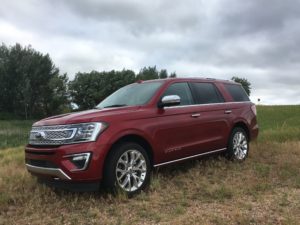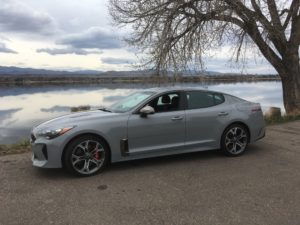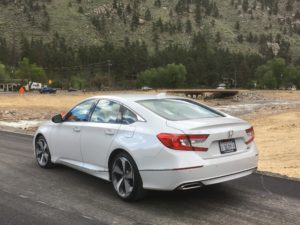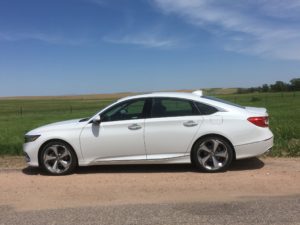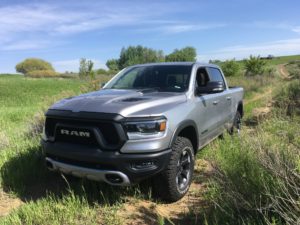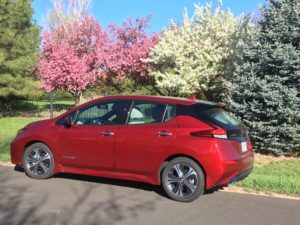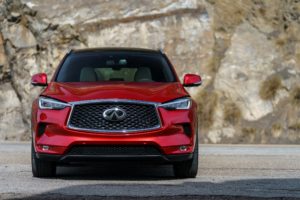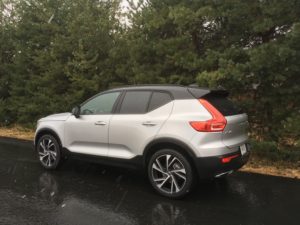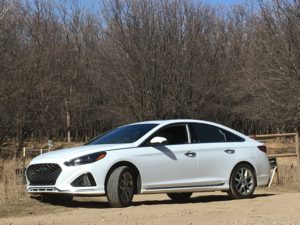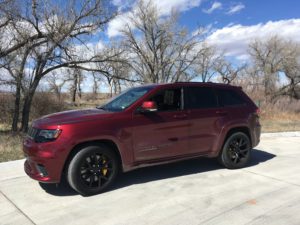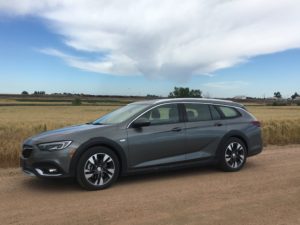
Every now and then, not often, a new wagon shows up in the U.S. auto industry.
Don’t get fooled into thinking they’re all crossovers. The 2018 Buick Regal TourX is an all-wheel-drive wagon.
My gosh, the last Buick wagon I drove was 22 years ago – the 1996 Roadmaster, the bulkiest-looking wagon ever built. It was 218 inches in length (more than 18 feet), 80 inches wide and boasted curb weight of 4,600 pounds.
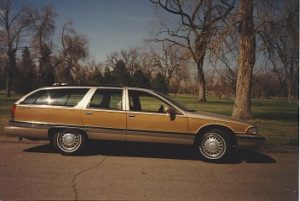
As for the new one today, in contrast from its large Buick emblem in the center of the grille out front, all the way back to rear liftgate, its style embodies sleekness, with sloping hood and roofline.
Though it’s a Buick, its assembly line is far from Michigan.
Es ist in Deutschland gebaut. Yes, it is built in a General Motors factory in Russelsheim, Germany.
The TourX is a midsize wagon and will compete against the Subaru Outback, the Audi A4 allroad and the Volvo XC70 CrossCountry.
The Regal wagon has two rows of seats and fits five fairly comfortably. It offers very usable cargo space, 32.7 cubic feet behind the second row. That’s more than the Audi allroad. The wagon sits relatively low, with an easy step-in height.
Performance, particularly brisk in midrange, is from a 250-horsepower, 2.0-liter turbocharged 4-cylinder engine (295 torque) mated to an 8-speed automatic transmission with manual-mode shift; no paddle shifters, though. Twin clutches on the rear differential are able to send torque from side-to-side when needed, getting the power to the wheel that needs it.
Two highway drives, one to Boulder on Tuesday and the other out east of Eaton on Thursday, raised the TourX’s average fuel mileage to 27.5 miles per gallon; its EPA estimate is 21/29. It handled fairly well, even on several gravel-surfaced roadways; a bit of wallow was felt on a couple occasions. Suspension includes front struts and five-link at the rear. It rides on Continental ProContact 235/50R18 tires.
The TourX I’ve been driving this week is the Essence, the higher trim level. Others are the Base and the Preferred. Standard on the Essence model is a hands-free operation of the rear liftgate. Walk around to the back with key fob in pocket, and a lighted Buick design appears on the parking surface beneath the bumper, indicating where to swing a foot to open the gate.
On parking the Buick and turning off its power, if anything has been placed in the rear seat, a chime alert sounds accompanied by a message on the driver info screen reading, “Rear seat reminder, look in rear seat.”
Beginning prices for the TourX all-wheel-drive wagon models are $30,000 for the Base, $33,000 for the Preferred and $35,000 for the Essence.
The Essence review model’s sticker price climbed to $41,550 with optional items forward automatic braking, lane-keep assist, adaptive cruise control, lane-change alert, rear park assist, outside heated mirrors, premium audio, navigation, cornering lamps, panoramic sunroof.
